If you’ve ever been to a yoga class, you may have heard the Sanskrit word pranayama — but what does it actually mean?
Prana means ‘life force’; the energy that courses through the body. Ayama means ‘to extend’. So pranayama is the practice of expanding and extending prana, energy.
In yoga, this is done by learning techniques to control and direct the breath, as breath is the vehicle that carries the prana. These techniques allow you to alter your physical and mental state of being by controlling your breath.
There are a number of different breathing exercises that are typically practiced within yoga. Over the next few weeks, we’ll be exploring some of them in more detail — so come back soon for further pondering on pranayama!
WHAT DOES PRANAYAMA DO?
A growing body of scientific research highlights the benefits of pranayama practices; for example, this study by Bangalore University suggests that when practised correctly, breathing exercises can have a positive impact on mental and physical health.
Pranayama can:
• Reduce emotional and physical tension
• Help with stress and anxiety, and be a useful tool for managing panic attacks
• Increase lung capacity
• Help you to go deeper in your meditation practice
• Cultivate present-moment awareness
It’s important to note that not all pranayama practices aren’t suitable for everybody. Some practices are very intense, and in the early days of your practice, it’s best to seek the guidance of an experienced, sensitive teacher who encourages you to respect your limits.
Start with simple and not-so-intense practices, like Natural Breath Awareness, to build strong foundations in your pranayama work.
Then, with your teacher’s support, you’ll be able to build up gradually and safely to more dynamic pranayama techniques.
These more challenging methods might involve, for example, fast breathing – such as in dynamic bhastrika (bellows breath) - or holding the breath in or out of the body for extended periods of time, as in khumbhaka pranayama.
NATURAL BREATH AWARENESS
Natural Breath Awareness is a simple technique which anyone can do.
It’s a wonderful way to begin your own pranayama practice, checking in with how your feeling at any given moment in time and then feel the benefits of breathing practices for yourself.
Start by sitting or lying in any comfortable position, and take some time to settle in. Then:
Begin to notice the breath. How does it feel? Is it shallow, or deep; fast, or slow? Is there any tension in the breath?
Keep noticing. Become aware of the temperature of the breath: coolness on the inhalation, and warmth on the exhalation.
Follow the pathway of the breath from nose all the way to the abdomen.
As you become increasingly aware of the rhythm of your breath, don’t try to change it.
The skill in Natural Breath Awareness is exactly that: observing the breath without changing it.
As your practice develops and you train yourself in this skill of observation, you’ll experience a sense of getting closer to the breath. Everything else drops away.
You breathe in, and breathe out, and remain the observer of the breath.
The beauty of this practice is in its simplicity, but it’s power should not be underestimated. It draws you into the present moment and into your body. Right here, right now.
Still not sure how to start?
Enjoy! 🙏🏼
PS: Pranayama is taught in all online classes with Yoga For The Soul Retreats, click here for more information.
Chetana
PSS: If you enjoyed this blog click the like button below then share it with those you care for who can also enjoy and benefit from it. 😊

